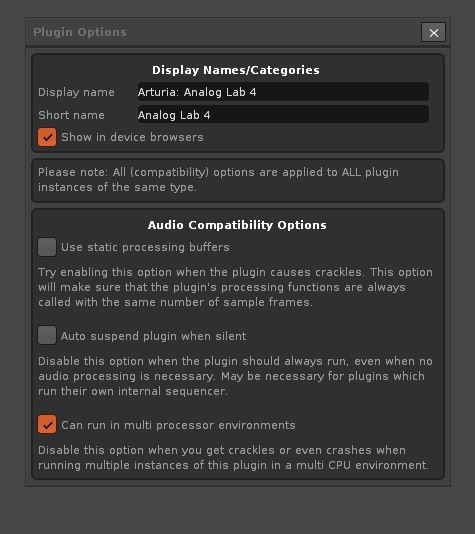

To add a module, simply drag it from the menu or hit the plus button. In addition to the VCAs, LFOs, VCOs, and ADSRs you would expect in a modular synth, there is also a note-taking module called Patch Notes which allows patch creators to leave information about the design. Multiphonics CV-1 comes with 30 modules arranged into 7 categories: Audio Generators, Clocks and Sequencers, CV Generators, Filters, Mixers, Signal Processors, and VCAs. Clicking on the virtual patch ports and dragging between them creates a cable connection, and dragging a connection to empty space or right-clicking and selecting “delete cable” removes connections. There is a size constraint for each row which limits the total modules based on their individual footprint, but with three rows to work with there is plenty of space for all but the craziest modular masterpieces. Right-clicking a module and hitting “remove” deletes it and its connections from the rack. Dragging Modules from the right-hand menu onto the three rack rows arranges them neatly, and by clicking and dragging any module’s title it can be moved and the wires automatically untangled to retain their original routing in their new position. The central Module Rack is where all the magic happens in Multiphonics CV-1.

It would take hours to describe each and every knob and feature in Multiphonics CV-1, but I’ll try to summarize without leaving anything important out: Module Rack

Choosing the Best Digital Audio Workstation for your Home Studio.Best Acoustic Treatments for Home Studio 2021.Best MIDI Drum Pads for Home Studio 2021.Best MIDI Control Surfaces for Home Studio 2021.Best MIDI Keyboards for Home Studio 2021.



 0 kommentar(er)
0 kommentar(er)
